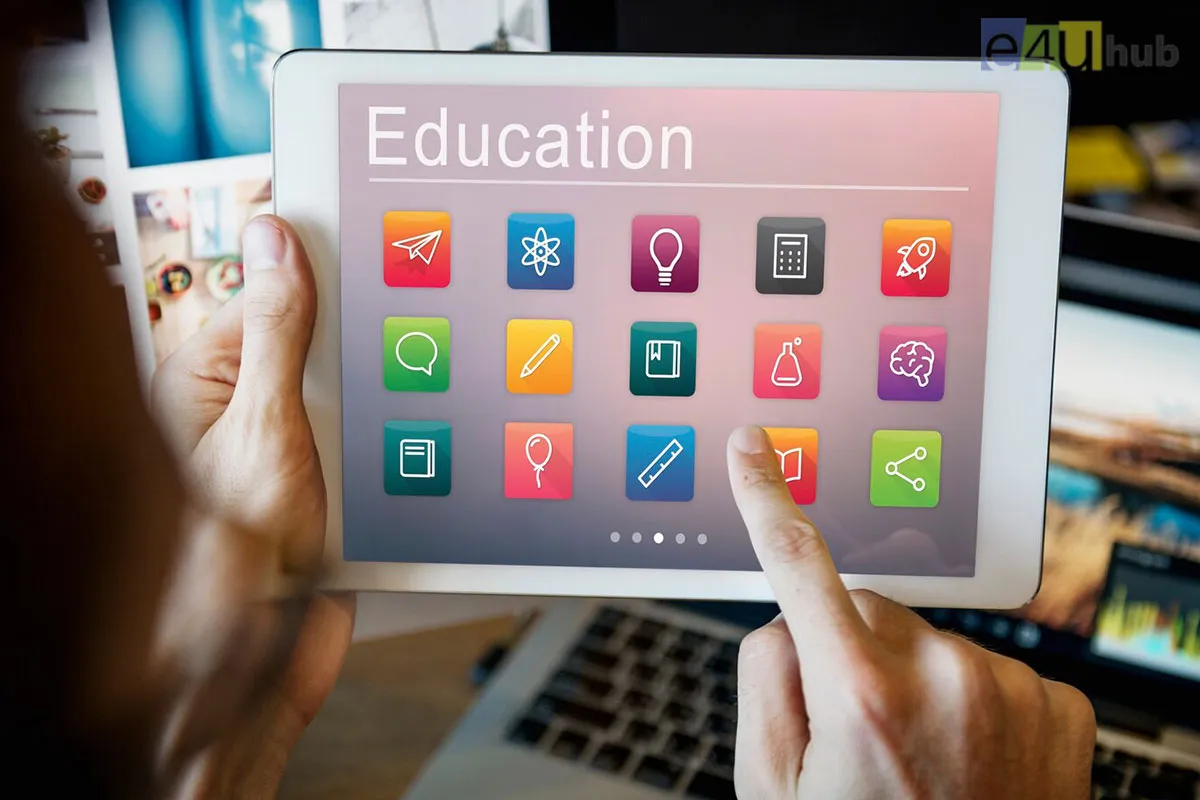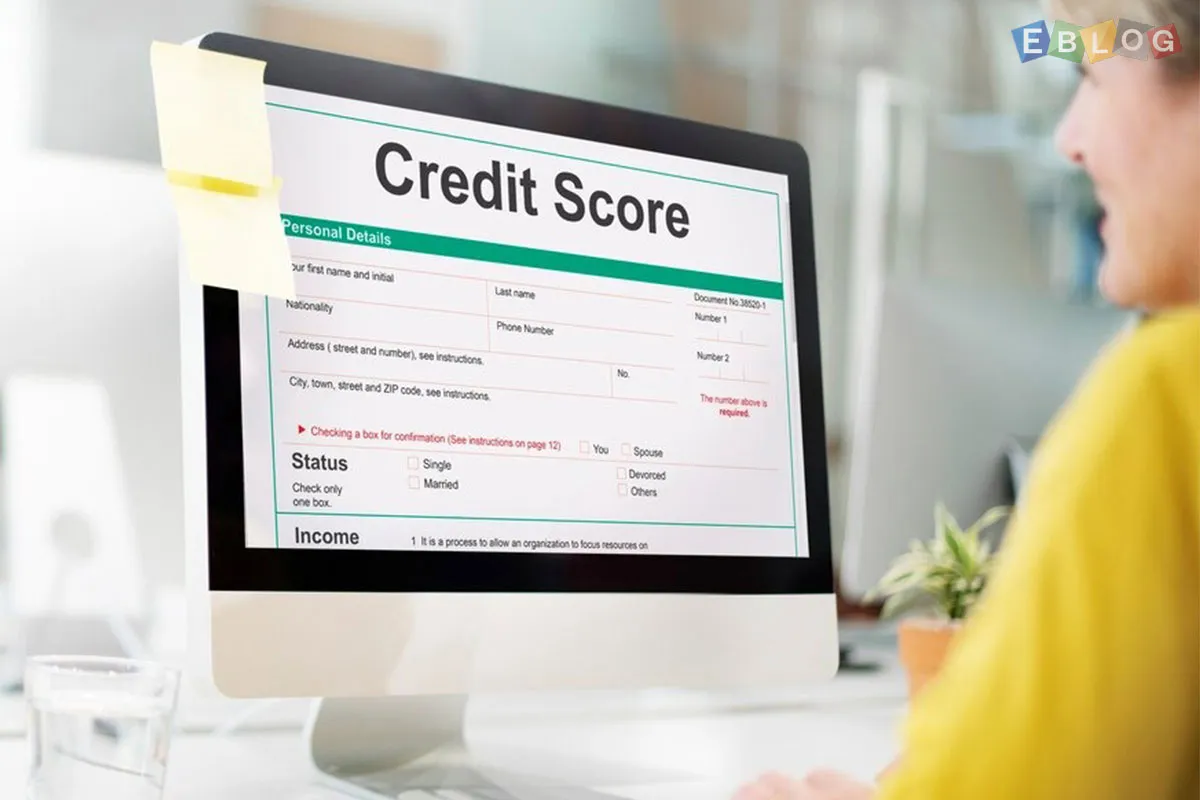
About Educational Apps and Tools
- 02 Nov, 2023
- Education
- 458 Views
- 0 Comments
Educational apps and tools have revolutionized the way people learn and acquire knowledge. In the digital age, these applications and platforms are designed to enhance learning experiences, making education more accessible, interactive, and engaging. Here’s an overview of educational apps and tools:
1. Accessibility and Convenience:
a) Anytime, Anywhere Learning: Educational apps allow users to learn at their own pace and convenience, breaking the barriers of time and location.
b) Global Access: These tools provide access to educational resources for people around the world, promoting inclusivity and equal opportunities.
2. Personalized Learning:
a) Adaptive Learning: Educational apps use algorithms to adapt content based on individual progress and learning styles, catering to each learner's needs.
b) Customized Content: Personalized quizzes, challenges, and lessons are tailored to address specific skills or areas where a learner needs improvement.
3. Interactive and Engaging Content:
a) Gamification: Many educational apps incorporate game elements to make learning fun and engaging, encouraging active participation and motivation.
b) Multimedia Content: Interactive videos, animations, and simulations enhance understanding and retention of complex concepts.
4. Diverse Learning Resources:
a) Subject Variety: Educational apps cover a wide range of subjects, from mathematics and science to languages, arts, and vocational skills.
b) Educational Levels: Apps cater to learners of all ages, from preschoolers to university students and adult learners seeking professional development.
5. Collaboration and Social Learning:
a) Online Communities: Users can interact with peers, join discussion forums, and collaborate on projects, fostering a sense of community and shared learning.
b) Virtual Classrooms: Tools enable teachers to conduct online classes, host webinars, and share resources, connecting educators and learners globally.
6. Skill Development:
a) Language Learning: Apps offer interactive language lessons, pronunciation guides, and cultural insights, aiding in language acquisition.
b) Coding and Programming: Educational tools teach coding skills through interactive challenges and coding exercises, promoting computational thinking.
7. Assessment and Progress Tracking:
a) Real-Time Feedback: Learners receive instant feedback on quizzes and assignments, facilitating continuous improvement and understanding.
b) Progress Monitoring: Teachers and parents can track students’ progress, identify strengths and weaknesses, and provide targeted support.
8. Cost-Effectiveness and Affordability:
a) Free and Freemium Models: Many educational apps offer free basic versions, allowing users to access essential features. Premium options provide additional advanced content.
b) Reduced Material Costs: Digital textbooks and resources often cost less than traditional printed materials, making education more affordable.
9. Lifelong Learning and Professional Development:
a) Continuous Learning: Educational apps cater to lifelong learners, offering courses and resources for personal enrichment and skill enhancement.
b) Professional Certifications: Users can earn certifications in various fields, enhancing their career prospects and professional growth.
Educational apps and tools continue to evolve, leveraging technology to create innovative and immersive learning experiences. They empower learners, educators, and institutions to explore new horizons, making education a dynamic and enriching journey for everyone.















Leave a Reply